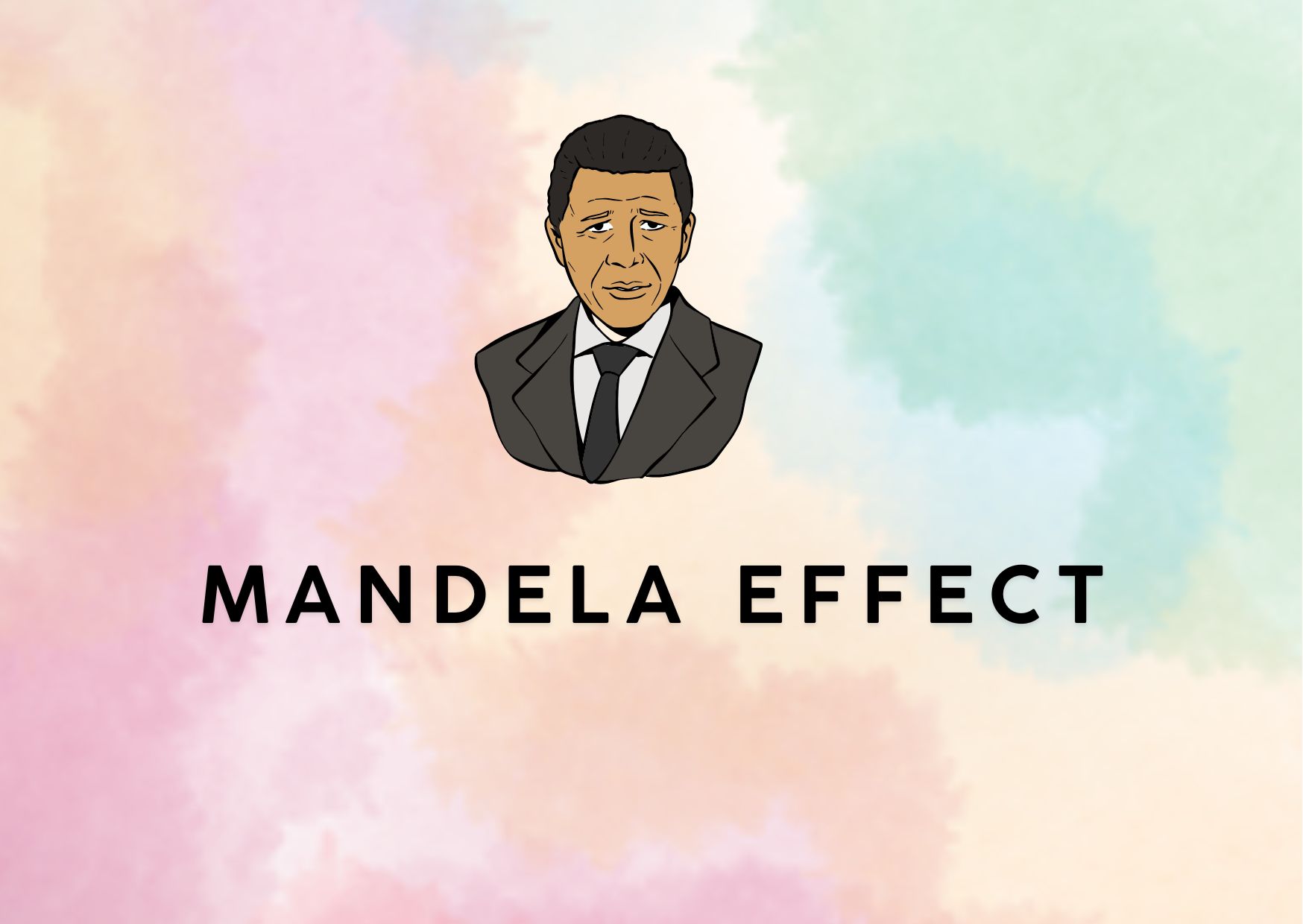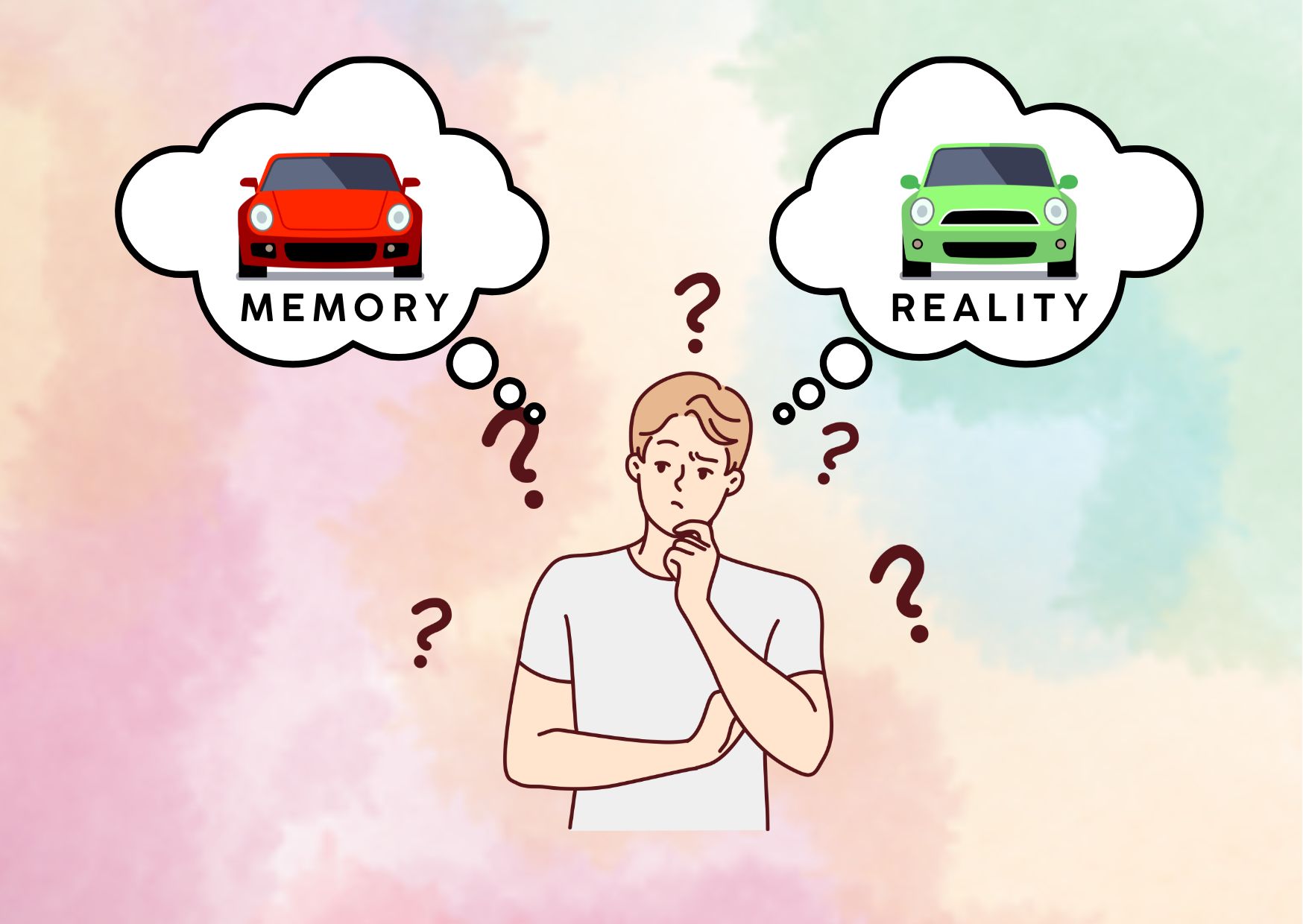These findings have significant implications for understanding human memory and its reliability, particularly in contexts requiring accurate recall. The research continues to evolve, with new studies exploring the role of digital media and social networks in reinforcing these collective memory distortions.
Digital Age Influences
The digital revolution has fundamentally transformed how false memories spread and persist in society. Modern technology platforms serve as powerful catalysts for the rapid dissemination of shared misconceptions, creating unprecedented challenges in maintaining accurate collective memory.
Social Media’s Role
Social media platforms have become primary vectors for spreading and reinforcing false memories. Research indicates that the fallibility of memory is magnified exponentially in the social media era. When individuals encounter misinformation online, they often incorporate it into their existing memories, particularly when the content receives significant engagement through likes, shares, and comments. Studies reveal that the act of reposting information can actually interfere with accurate memory formation, as users tend to remember reposted content less accurately than information they simply read.
Information Spread Patterns
The propagation of false memories in the digital age follows distinct patterns. A comprehensive study of over 100,000 news stories shared on social media revealed:
- False information spreads 70% faster than accurate information
- Real verified accounts, not bots, are primary spreaders of misinformation
- Repeated exposure to incorrect details strengthens conviction in false memories
- Online communities amplify these effects through rapid information sharing
Echo Chamber Effects
Digital echo chambers significantly influence how false memories form and persist. These environments create feedback loops where similar attitudes and information continuously circulate among like-minded individuals. Research demonstrates that users preferentially connect with others who share their beliefs, leading to selective exposure to information that confirms existing memories and beliefs.
Algorithms filters
The phenomenon becomes particularly pronounced when examining how social media algorithms filter and present information. Studies show that while Facebook’s algorithmic filtering removes only 5-8% of counter-attitudinal content, the remaining information still tends to reinforce existing beliefs due to user engagement patterns. This creates what researchers term “engagement echo chambers,” where individuals interact primarily with content that aligns with their existing memories and beliefs, regardless of accuracy.
The impact of these digital mechanisms extends beyond individual memory distortion. When false memories receive widespread attention online, they can become embedded in collective consciousness through a process of social reinforcement. This digital amplification helps explain why the Mandela Effect has gained such prominence in recent years, as shared false memories find fertile ground in the interconnected landscape of social media platforms.
Prevention and Understanding
Understanding how to prevent and identify false memories requires a systematic approach based on scientific research and practical strategies. Recent studies in neuroscience have revealed specific techniques that can help individuals maintain more accurate memories and recognize potential distortions.
Critical Thinking Strategies
Research demonstrates that developing strong critical thinking skills significantly reduces susceptibility to false memories. The hippocampus stores information about items within their presented context, making context evaluation crucial for memory accuracy. Scientists have identified that low-frequency brain activity decreases when false memories occur, suggesting that careful analysis of memory context can help identify potential inaccuracies.
Key strategies for critical evaluation include:
- Examining the source of memories
- Questioning emotional associations
- Analyzing contextual details
- Considering alternative explanations
- Evaluating supporting evidence
Memory Verification Techniques
Memory verification requires systematic approaches to validate recollections against reliable evidence. Research indicates that false memories often arise when misleading information is provided after an event. Independent verification becomes crucial, as studies show that confidence in memory does not correlate with accuracy.
Effective verification methods include:
- Documenting memories immediately after events
- Cross-referencing with reliable sources
- Seeking corroborating evidence
- Maintaining detailed records
- Consulting multiple independent sources
Building Memory Awareness
Understanding memory limitations forms the foundation for improved recall accuracy. Research reveals that memory is reconstructive rather than reproductive, making it susceptible to various distortions. The brain attempts to fill gaps in memory using current knowledge and beliefs, often leading to unintentional modifications.
Scientists have identified several practical approaches to enhance memory awareness:
Immediate Documentation: Recording events promptly reduces the likelihood of memory distortion. Studies show that initial documentation provides a reliable reference point for later verification.
Pattern Recognition: Understanding common memory distortion patterns helps identify potential false memories. Research indicates that strong emotions can make experiences more memorable but may compromise detail accuracy.
Environmental Factors: Awareness of how external influences affect memory formation proves crucial. Studies demonstrate that social media and online information can significantly impact memory reconstruction.
Verification Habits: Developing regular verification practices strengthens memory accuracy. Research shows that individuals who routinely verify memories demonstrate improved recall reliability.
The implementation of these strategies requires consistent practice and awareness. Neural studies indicate that the brain exhibits different electrical patterns before recalling true versus false memories, highlighting the importance of careful memory examination. Understanding these differences enables individuals to approach their memories with appropriate skepticism while maintaining confidence in well-verified recollections.
Conclusion
The Mandela Effect stands as a compelling example of how human memory operates through complex biological and psychological mechanisms. Scientific research has demonstrated that false memories arise naturally through our brain’s reconstructive processes, shaped by cognitive biases and modern digital influences. These shared false memories, far from being simple mistakes, reflect fundamental aspects of human memory formation and social dynamics.
Memory distortions affect both individuals and groups, particularly as digital platforms accelerate the spread of shared misconceptions. Research shows that while memory remains imperfect, people can significantly reduce false memory formation through critical thinking, systematic verification, and enhanced awareness of memory limitations.
Understanding the Mandela Effect teaches valuable lessons about human cognition and memory reliability. This knowledge empowers people to approach their memories with healthy skepticism while developing better strategies for accurate recall and verification. As research continues, scientists uncover new insights into memory formation, offering hope for improved understanding and management of false memories in the future.
Here are few certified therapists who you can get in touch and book a therapy session with:
Laura Dee
Enfys Jones
Dr Simon Cassar

